6mm ARC is so new that as of the writing of this article, published load data did not exist! But I wanted to get some real-world results with my new CMMG Endeavor 300 6mm ARC AR-15 published as soon as I could, and therefore embarked on an exciting journey. And that’s the subject of this article: chronicling my first loads (I did not have factory ammunition to test) and validating claims related to 6mm ARC performance. Curious? Read on!
WARNING: The load development techniques and load data shown in this video are experimental and are for DEMONSTRATION PURPOSES ONLY. This data and these techniques can not be assumed to be safe. Always used manufacturer’s published load data! See full disclaimer below.
Disclaimer
Ultimate Reloader LLC / Making with Metal Disclaimer: (by reading this article and/or watching video content you accept these terms)
- The content on this website (including videos, articles, ammunition reloading data, technical articles, gunsmithing and other information) is for demonstration purposes only.
- Do not attempt any of the processes or procedures shown or described on this website.
- All gunsmithing procedures should be carried out by a qualified and licensed gunsmith at their own risk.
- Do not attempt to repair or modify any firearms based on information on this website
- Ultimate Reloader, LLC and Making With Metal can not be held liable for property or personal damage due to viewers/readers of this website performing activities, procedures, techniques, or practices described in whole or part on this website.
- By accepting these terms, you agree that you alone are solely responsible for your own safety and property as it pertains to activities, procedures, techniques, or practices described in whole or part on this website.
6mm ARC Quick Overview, SAAMI Specs
This section is from my 6mm ARC Announcement Post

6mm ARC quick facts:
- It’s a 6mm cartridge similar to 6.5 Grendel, built for the AR-15 platform
- It’s optimized for bullets in the 103 grain – 110 grain range
- It’s got more velocity and less recoil compared to 6.5 Grendel
- It shares the same parent case with 6.5 Grendel: The 220 Russian
- It’s capable of launching a 6mm 108 grain projectile approximately 2800 FPS from a 24″ barrel
From the Hornady 6 ARC page:
Tested, selected and fielded by a specialized group within the U.S. DoD for its multipurpose combat rifle program, the versatile 6mm ARC does much of what larger cartridges can and everything that smaller cartridges can’t. Designed to meet the needs of the world’s toughest critics, the 6mm ARC utilizes efficient, high-BC bullets to deliver unprecedented performance from the AR-15 platform. Commercial 6mm ARC offerings will feature bullets selected to deliver ideal performance for hunting, match shooting and personal protection applications.
What’s more: It’s already SAAMI approved!
Click here to view the cartridge and chamber print on the SAAMI website
Test Rifle: CMMG Endeavor 300 6mm ARC AR-15
I was lucky enough to get my hands on one of the first CMMG Endeavor 300 6mm ARC AR-15 Rifles, and it has been awesome to shoot! I’ll be publishing a full overview story covering this rifle, but in the meantime, here are some specs from the CMMG Product Page:
CMMG’s ENDEAVOR line of rifles are now available in Hornady’s new 6mm ARC (Advanced Rifle Cartridge). Designed for superior long-range accuracy, the ENDEAVOR line features a 20-inch barrel so that you can squeeze out every drop of ballistic performance from this exciting new caliber. Each rifle ships with one 10-round magazine.
TECH SPECS:
- CALIBER: 6mm ARC
- BARREL: 20”, 1:7.5 twist, 6mm ARC, MT 416SS, SBN
- MUZZLE: MUZZLE: SV Brake, threaded 5/8-24
- GAS PORT LOCATION: Rifle Length with SLR Adjustable Gas Block (my test rifle did not have the adjustable gas block as it was an early production unit)
- RECEIVER: Forged 7075-T6 AL M4 type upper, AR15 type lower
- HAND GUARD: CMMG RML15 M-Lok hand guard
- FINISH: Cerakote Receivers and Hand Guard
- CHARGING HANDLE: CMMG Oversized Ambi
- BUTT STOCK: Magpul PRS
- TRIGGER: Geissele Automatics SSA 2-Stage
- TRIGGER GUARD: Magpul MOE
- SAFETY SELECTOR: CMMG Ambi
- MAGAZINE: 10rd
- WEIGHT: 9lbs 2oz(unloaded)
- LENGTH: 40.5”
This rifle is optimal for 6mm ARC because of the 20″ barrel length, and the 1:7.5″ twist rate.
Wild-West Load Development: Using 6mm PPC as a Starting Point
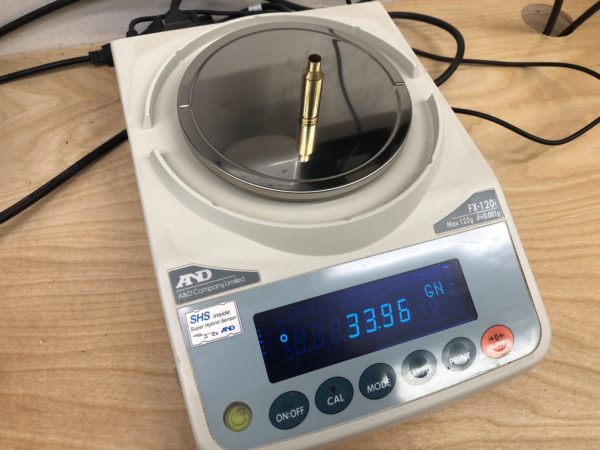
Above: 6mm ARC case capacity measured 33.96 grains H2O
I decided that since I didn’t have any load data, I would have to generate my own! A fun challenge. I had only some pre-primed new Hornady 6mm ARC brass to start with and the SAAMI Specs for 6mm ARC.
My strategy was as follows:
- Find a cartridge similar to 6mm ARC that’s supported in the Quickload Application, use this cartridge as a starting point
- Determine the 6mm ARC case capacity for my lot of brass (H2O method)
- Adjust Quickload model for case capacity and any other factors
- Model loads looking at pressures and velocities (using 6mm PPC load data as a backup sanity check)
I chose 6mm PPC because:
- It is supported in Quickload
- It shares the same parent case with 6mm ARC (the 220 Russian)
- It’s case capacity is very close (1.9 grains of H2O different)
- It’s case length is close to 6mm ARC
The biggest differences between the 6mm PPC and the 6mm ARC are the shoulder angle (30° for 6mm PPC, and 40° for 6mm ARC), and the base-to-datum spec for the shoulder (6mm ARC is pushed back further).
As a follow-up exercise, I plan to use QuickDesign software to create a more accurate model for the 6mm ARC.
Test Load #1: Hornady 108 grain ELD-M and Hodgdon Varget
I chose to start with Varget because of what I read about 6mm PPC, and I have a lot on hand! Using QuickLoad, I worked up the following load:
HOT Experimental Load Data, Do NOT USE
- Bullet: Hornady 108 grain ELD-M 6mm
- Case: Hornady 6mm ARC (new and 1x fired tested)
- Powder: 27.0 grains Hodgdon Varget
- Primer: CCI BR-4 (for 1x reloads)
- COL: 2.260″
For this load, I shot a group of 5 shots on the chronograph, and observed the following:
- Velocity: 2602 FPS average
- SD: 7.6 FPS
This load produced very mild indications of pressure on the case rim, and functioned in the rifle well. It also produced the best accuracy as seen here:
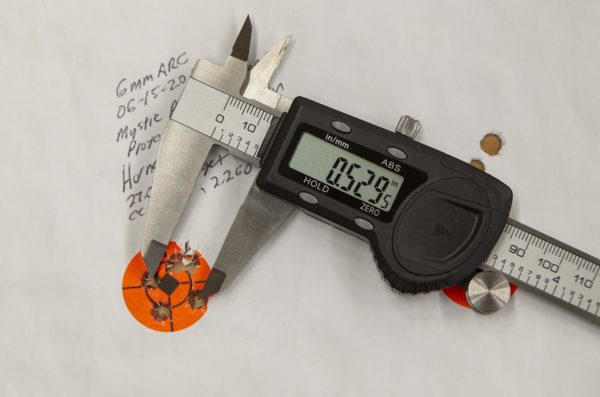
This load is a good performer, but I wanted to see if I could get more velocity from the 108 grain ELD-M bullets, so I tried a different powder!
Test Load #2: Hornady 108 grain ELD-M and H-4895
H-4895 is closer to the “6.5 Grendel” sweet spot, so I thought it would be worth a try. Again using QuickLoad, I developed the following load:
HOT Experimental Load Data, Do NOT USE
- Bullet: Hornady 108 grain ELD-M 6mm
- Case: Hornady 6mm ARC (1x fired)
- Powder: 26.6 grains Hodgdon H-4895
- Primer: CCI BR-4
- COL: 2.260″
Here I saw velocities averaging 2,631 FPS. Accuracy was good, with one group I captured on camera (see video) measuring 0.750″:
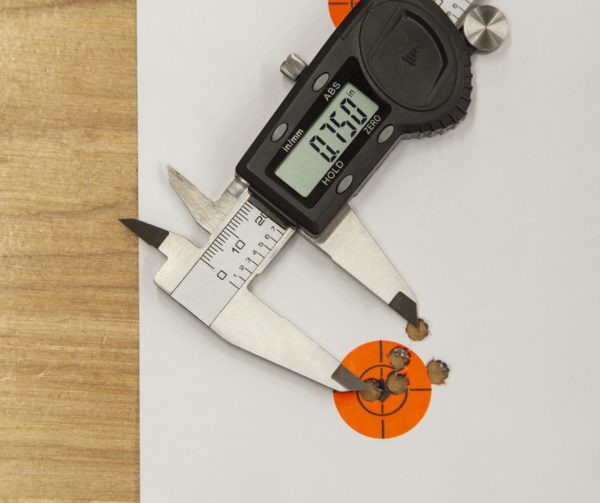
Test Load #3: Berger 95 grain Classic Hunter
I decided to see how fast a 95 grain bullet could be propelled by the 6mm ARC, so I turned to some 6mm Berger Classic Hunter bullets I had on hand, and Ramshot TAC powder.
HOT Experimental Load Data, Do NOT USE
- Bullet: 6mm Berger Classic Hunter
- Case: Hornady 6mm ARC (1x fired)
- Powder: 29.3 grains Ramshot TAC
- Primer: CCI BR-4
- COL: 2.260″
For this load, I shot a group of 3 shots on the chronograph, and observed the following: (better chrono data coming in future stories, I had limited components and time)
- Velocity: 2861 FPS average
- SD: 12.7 FPS (reduced load showed sub-10 FPS SD)
I did not have time to work up a load for accuracy, so I’ll defer that discussion for a future post.
Analysis: Hornady’s 108 grain 1750 fps Performance Claim
So what about Hornady’s published 2,750 fps number for the 108 grain ELD-M bullets in 6mm ARC?
Let’s break down a few things about this number:
- Likely in reference to a 24″-ish test barrel
- No AR gas system present to reduce velocity
So if you have a 24″ bolt-action 6mm ARC rifle, that’s the velocity you should expect. I had a 20″ AR-15 to test with, so I had to do some math :).
Here was my strategy to extrapolate my results to the likely scenario of the 24″ test barrel:
- Start with observed 20″ velocity data for my H-4895 load (2,631 FPS)
- Look at the QuickLoad projected velocity difference between a 20″ and 24″ barrel
- Add the velocity difference to the actual measured velocity
- Account for ~1.18% reduction in velocity (calculated from my 224 Valkyrie AR-Bolt side by side testing) due to the AR-15 gas system
Here’s the work-up: (pressure listed is MAX projected, not average)
HOT Experimental Load Data, Do NOT USE
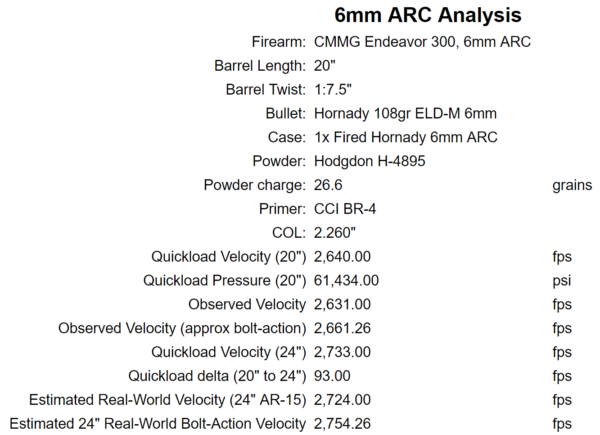
What does all this mean? Based on my best estimation, my H-4896 108 ELD-M load would produce approximately 2,754 FPS in a 24″ bolt-action rifle. I therefore feel that Hornady’s claimed performance data is feasible.
Some notes:
- I had limited components available to test, results could get better from here (more velocity with less pressure)
- These loads may be hotter than what will function reliably in a typical AR-15 (and may not be safe)
- I will follow up with testing of Hornady’s factory ammunition with the 108 grain ELD-M bullet
What’s Next
There’s more coming related to 6mm ARC! In my next story I’ll be deep-diving on the CMMG Endeavor 20″ 6mm ARC AR-15, and will be stretching its legs to greater distances.
If you are looking for 6mm ARC ammunition, components, or parts/gear, check out the following:
6mm ARC Landing Page at Midsouth Shooters Supply
Don’t miss out on Ultimate Reloader updates, make sure you’re subscribed!
Thanks,
Gavin
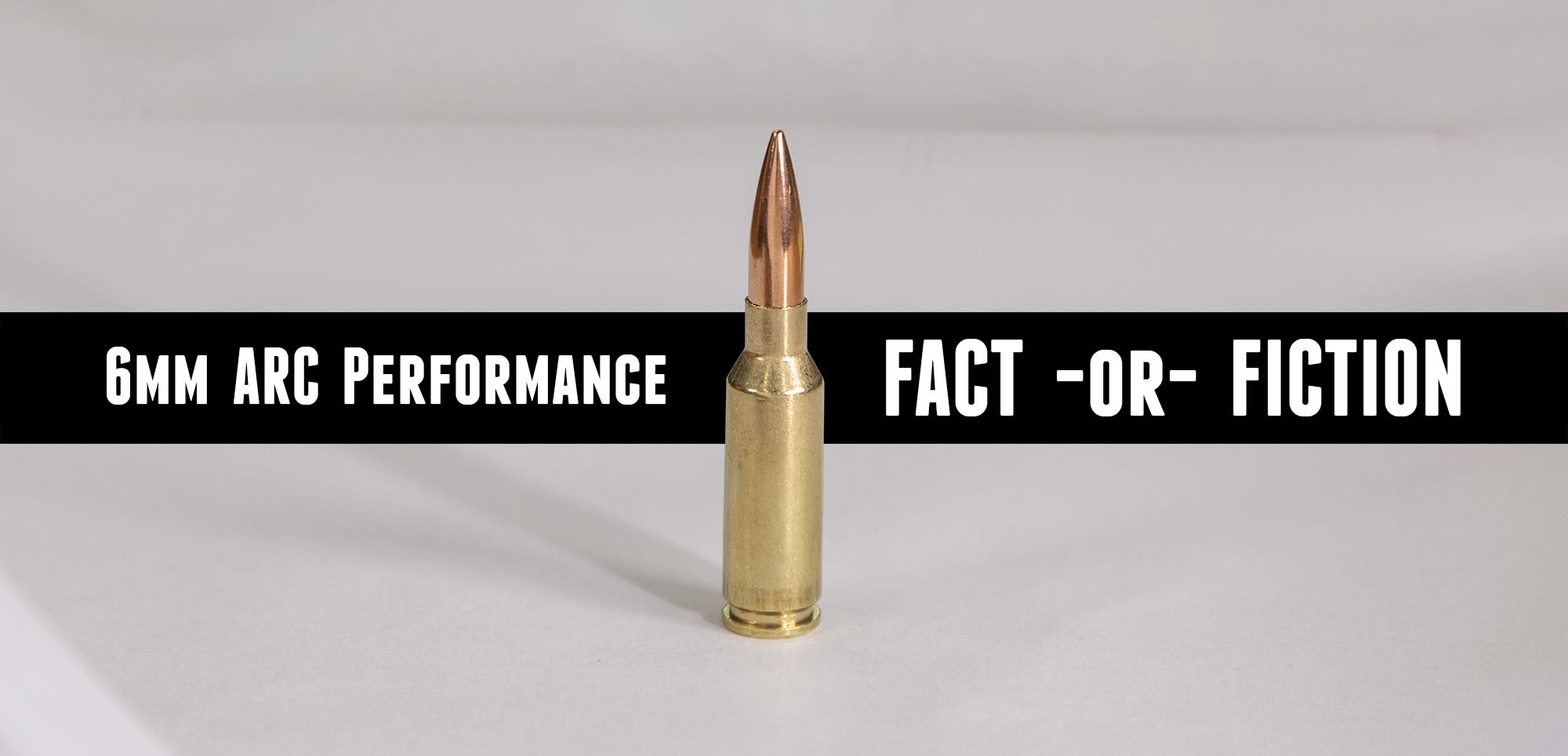
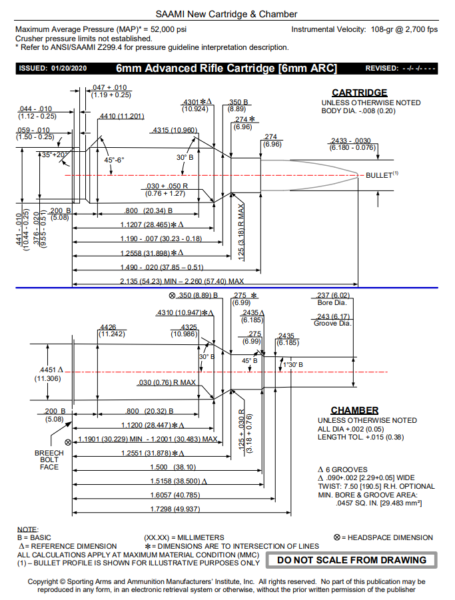
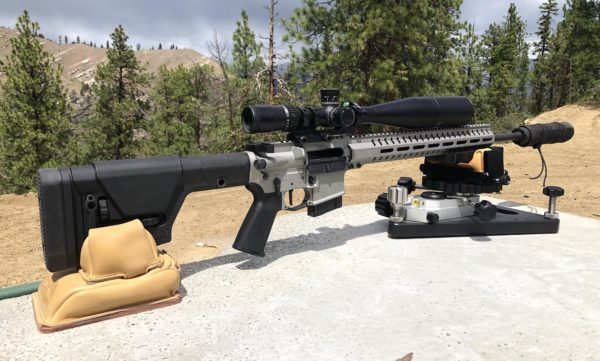











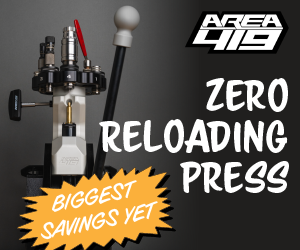


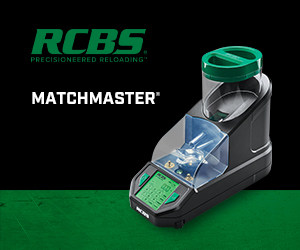























































I purchased a 6mm ARC barrel from Brownels when they first came available. I used the lathe to modify a 6.5 Grendel bushing die and ended up with a 6 ARC die. After forming some cases I shot Berger 105 hybrid targets over 27.5 grs. H4895. 2730 FPS and way over-pressured though SDs were single digits, groups were all just over 1.25 MOA.
Retested today with 26.3 grs. H4895 with 5-shot groups from the high .5s to 1.0 MOA. I am a much better bolt gun shooter than AR shooter.
My barrel is a 7 twist 20” and I’m going to try the Hornady 108s and I may try some VARGET too as it is another of my favorites.
Thank you for this timely video. Would love to get this thing shooting consistently under .5 with enough speed to reliably ring steel at 1000.
Hey Gavin and fellow Ultimate Reloader Fans:
I had a chance to do more testing today as I finally received some Hornady factory 105 grain Black ammunition. After consulting Quickload, I also shamelessly lifted Gavin’s 27 grain VARGET load under 108 ELD-Ms.
My Ballistic Advantage barrel is a little different than Gavin’s. While it is the same length of 20″, my twist is faster at 7 rather than Gavin’s 7.5. I also shot mine with an Ultra 9 direct-thread suppressor.
The factory 105s shot at 2662 FPS with an SD of 11 as measured by a Labrador. These did not shoot well at all for me at 100 yards with an average of 1.9 MOA and after two lackluster 5-shot groups, I discontinued testing with them.
I tried the hand loaded 27 grain Varget loads and they shot a pleasantly surprising .5 and .52 MOA group at 100 yards. My speed is significantly slower ( – 50 FPS) than Gavin’s at 2552 FPS with an SD of 6. I shot out to 700 yards next with .4 to .5 MOA accuracy and ended the day putting 3 out of 3 shots on the 900 yard gong in a .4 MOA group.
Pretty cool having a light-weight AR-15 that can accurately shoot out to at least 900 yards.
I did not try to shoot past 900 today because of limited ammo and Applied Balistics indicates that at 2550 FPS MV these 108s are going transsonic just past 900 and I didn’t want to waste the last few shots.
Follow up to the above. Quickload can be frustrating when there is more than 10 FPS difference between calculated and measured MV. Standard practice is to start tweaking burn rates, bullet weight and weighting factor to “make” calculated muzzle velocity match actual. Making those ‘tweaks’ often feels like creating a powder that doesn’t really exist.
This morning, using the same scale and method as Gavin, I measured the case capacity using water weight in two sets of fired but not resized cases. The first groups were the 6.5 Grendel cases that I modified for the 6mm ARC. Those held a water weight of 34.74 grains with a SD of .14 grains.
I also measured five fired but not resized factory 6mm ARC cases. They held a very consistent 34.58 grains of water.
After entering my measured capacities, measured muzzle velocity with 27 grains of VARGET under the 108 ELD-M of 2554 is now within 2 FPS of Quickload’s estimated 2552 FPS. This is a much more confidence inspiring correlation with regards to safety and predictability.
Important to note that Quickload reports the chamber pressure using the combination of components above is 3900 PSI over SAAMI spec and is therefore a dangerous load that should not be used.
Hi Gavin,
I’m interested in a direct comparison to the 224 Valkyrie and the 6 mm ARC. I have a precision set up AR in 224 Valkyrie. Should I consider another upper? What’s the plus delta on each? Always enjoy your videos.
I to have a precision .224 V and would love to see a real world side be side comparison with the 6 ARC.
Does the 6 mm arc not have 30 degrees shoulder angle?is wikipedia wrong?